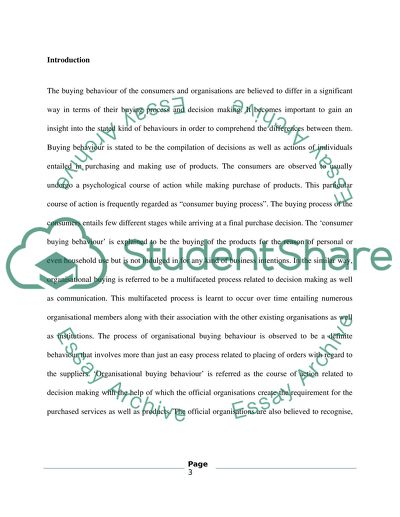Cite this document
(“Consumer Buyer Behaviour and Organisational Buyer Behaviour Essay”, n.d.)
Retrieved from https://studentshare.org/marketing/1444228-consumer-buyer-behaviour-and-organisational-buyer
Retrieved from https://studentshare.org/marketing/1444228-consumer-buyer-behaviour-and-organisational-buyer
(Consumer Buyer Behaviour and Organisational Buyer Behaviour Essay)
https://studentshare.org/marketing/1444228-consumer-buyer-behaviour-and-organisational-buyer.
https://studentshare.org/marketing/1444228-consumer-buyer-behaviour-and-organisational-buyer.
“Consumer Buyer Behaviour and Organisational Buyer Behaviour Essay”, n.d. https://studentshare.org/marketing/1444228-consumer-buyer-behaviour-and-organisational-buyer.


